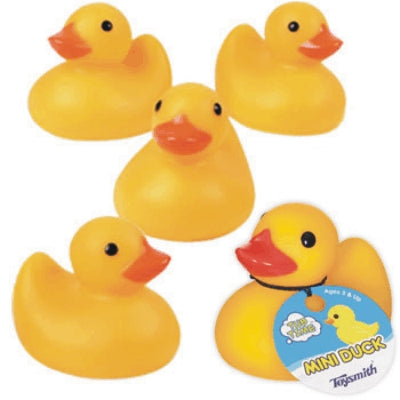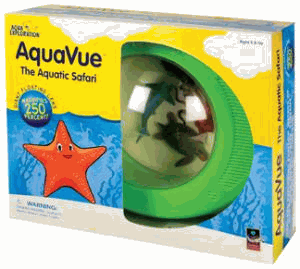Did you know you can collect meteorites from outer space - right in your own backyard?
Yep! Here's how!
What You Will Need:
- White Sheet or White Piece of Plastic
- Rocks or Bricks (to hold the sheet down)
- Magnet
- Petri Dish or Plastic Bottle
- Magnifying Glass
What You Do:
- On a still, clear night - away from trees - lay a sheet on the ground. Place rocks or bricks around the edges to keep the sheet from blowing.
- In the morning, take a look at the sheet. You'll notice it looks a little dirty. Most of the dirt is dust from the air, but some of it came from space!
- Pass a magnet slowly over the sheet. If there are any iron particles from meteorites, they will stick to the magnet.
- Gently scrape the iron particles off into a container, such as a petri dish or plastic bottle.
- Examine your meteorite collection using your magnifying glass. What a unique collection!
Variations:
- You can use a large sheet of white plastic, instead of a bedsheet. An inexpensive shower curtain works well.
- You can search for meteorites right in your house! Find a place in your house where floating bits of fine particles collect (window and door screens work well). Use a brush to collect the particles. Make sure they are dry and put them into a small jar. Shake the particles onto a sheet of white paper. Roll the sides up and gently tap all the particles into the center of the sheet. Place a magnet under the paper and gently tilt and tap the paper to get rid of non-magnetic particles. What's left? Micrometeorites!
The Science:
The Earth is bombarded with rocks from space on a daily basis. Most of these rocks burn up in the atmosphere long before they touch the Earth. Of the few that make it to Earth, the vast majority of them are as fine as dust. Tiny stone meteorites are hard to find without a microscope, but iron meteorites are easy to collect - right in your backyard!
To look at the meteorites you've collected, place the paper under a microscope. You'll need to use high power to see them clearly. The micrometeorites will show signs of their fiery trip though the atmosphere. They will be rounded and may have small pits on their surfaces.
Escapade Et Cetera:
To enhance your learning experience, we've provided links below to educational websites regarding the subject matter of this article - we've done the research for you!
Natural History Museum - For more information on collecting and identifying meteorites, this website is an excellent resource.
NASA Meteorites - This website provides interesting information about meteorites, where they come from, and how to identify them.


























